How Were Cattle Cars Used During the Holocaust
Read More...
- Photos
- Testimonies
- Video Lectures
- Artifacts
- Documents
- Art
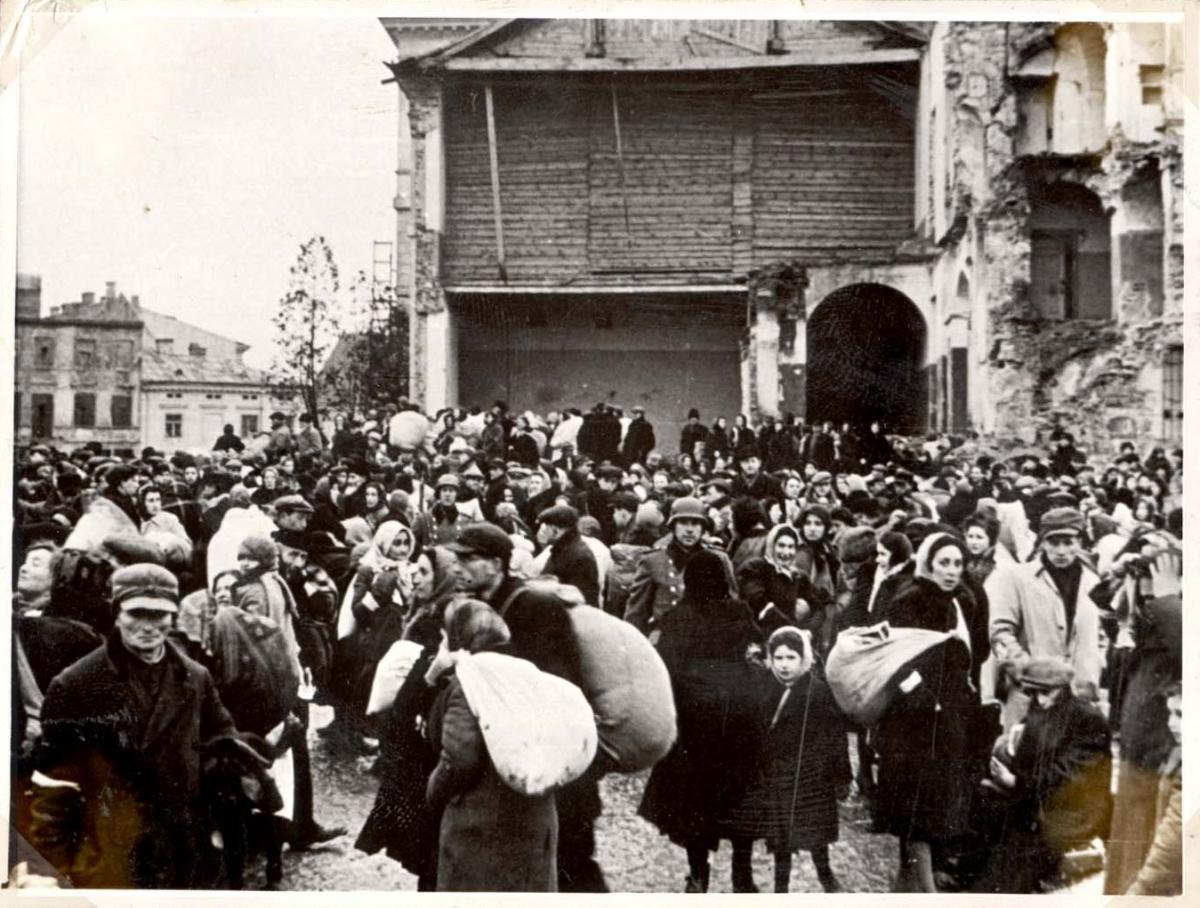
Yad Vashem Photo Archives, ID Number 76488

Yad Vashem Photo Archives 4542/8
Yad Vashem Photo Archives 3011/11
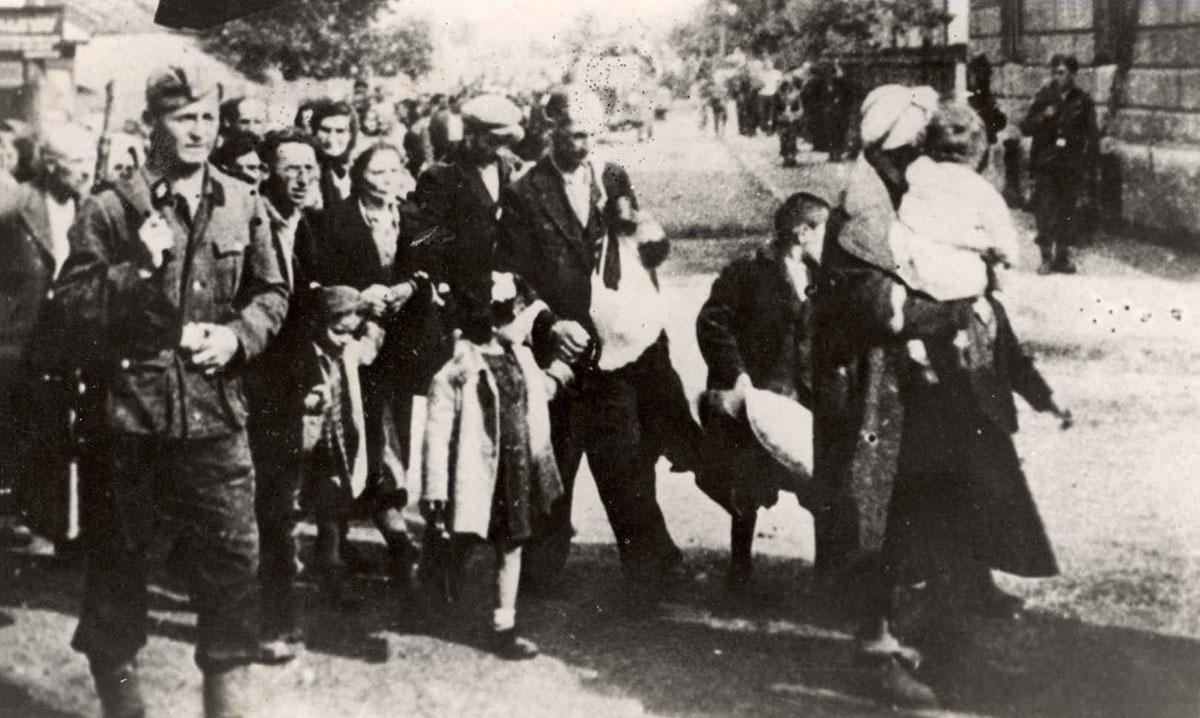
Yad Vashem Photo Archives 2791/7

Yad Vashem Photo Archives 1597/235
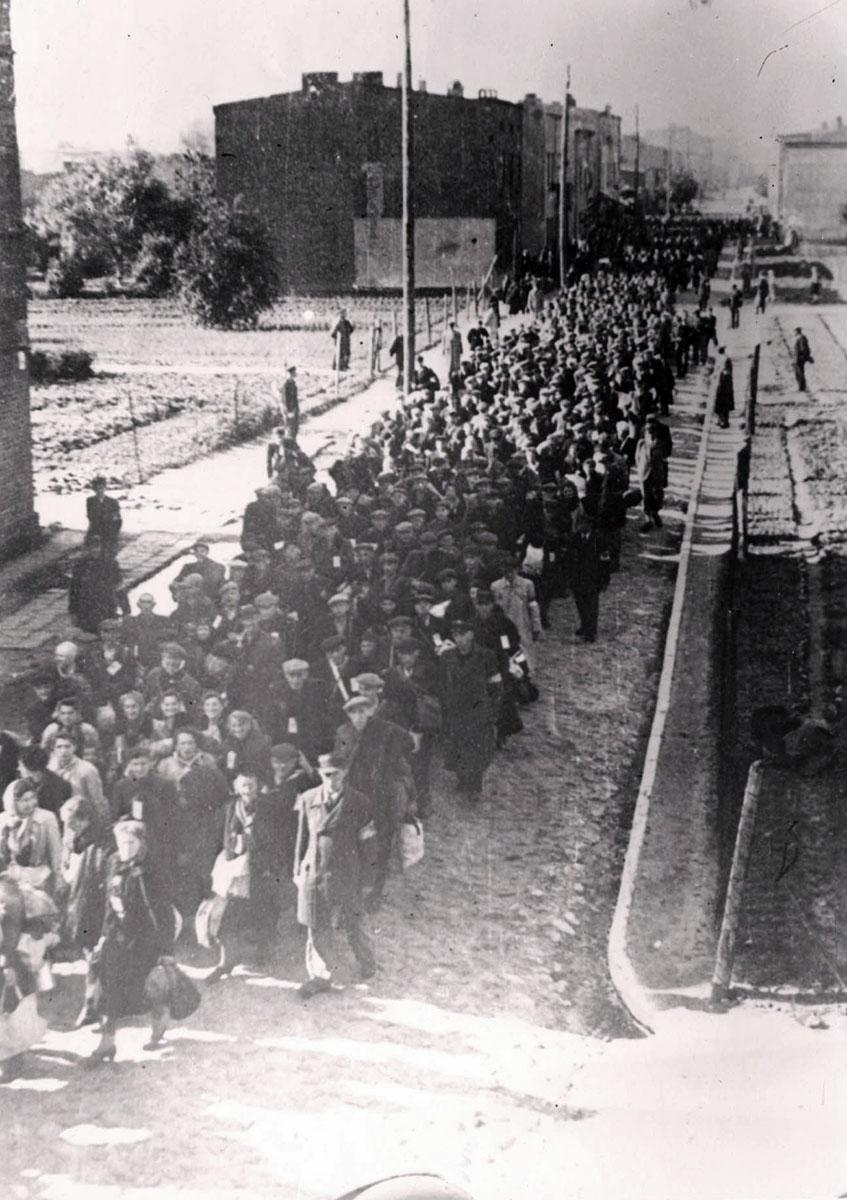
Yad Vashem Photo Archives 39BO2

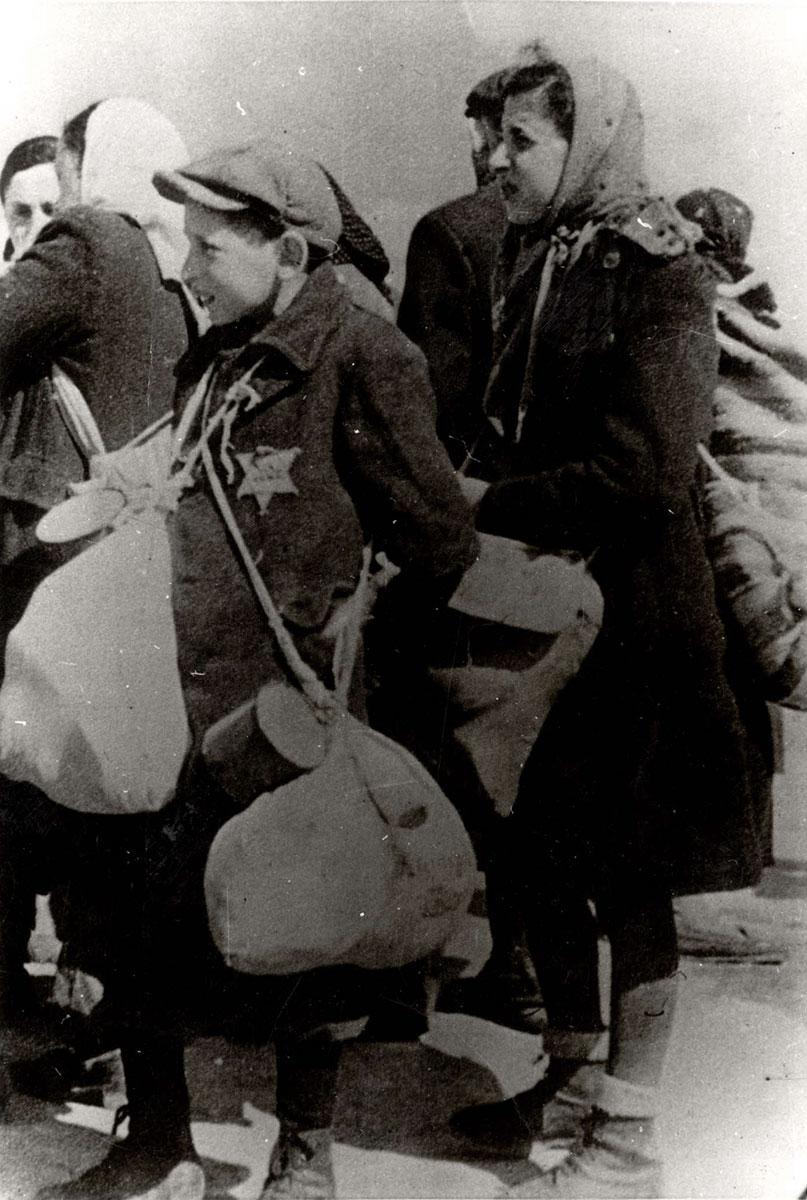
Yad Vashem Photo Archives 4064/114


Deportation to the Death Camps: Rita Weiss

Deportation from Kracow to the Concentration Camps: Shmuel Rotbard, Miriam Akavia and Aliza Avnon

Dr. David Silberklang: Hanging by a Thread- Reflections on Being a Jew During the Holocaust

Dr. Yaacov Lozowick: Eichmann and his Bureaucrats: What Was Their Job and What Made Them Good At It?
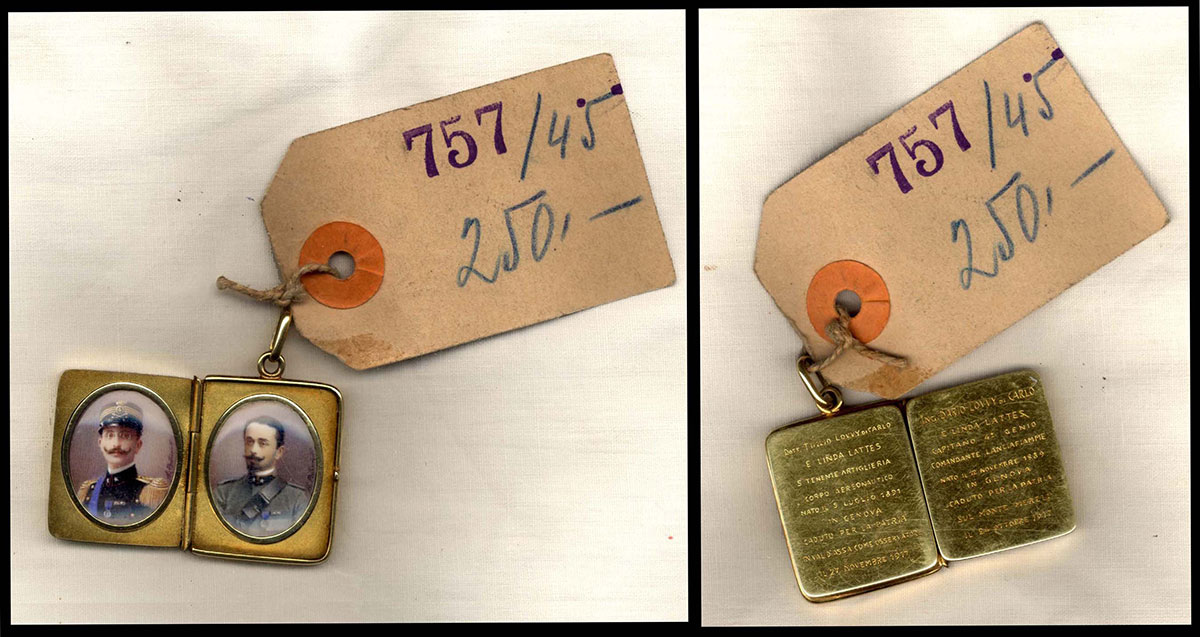
Carlo and Linda Lovvy lost their two sons, Tullio and Dario, in World War I. To memorialize them, the parents had lockets made containing portraits of their dead sons with the caption, "Died in defense of the Homeland". They gave one of the lockets to Carlo's sister, Anna Spiegel. When the Nazis deported 84-year-old Anna from her home in Trieste to the La Risiera camp, the locket was confiscated from her. She was subsequently murdered at Auschwitz. A train loaded with plundered Jewish valuables, including the locket, was captured byAmerican troops and the looted property was returned to Italy.
Yad Vashem Artifacts Collection
Donated by the Jewish Community of Trieste, Italy

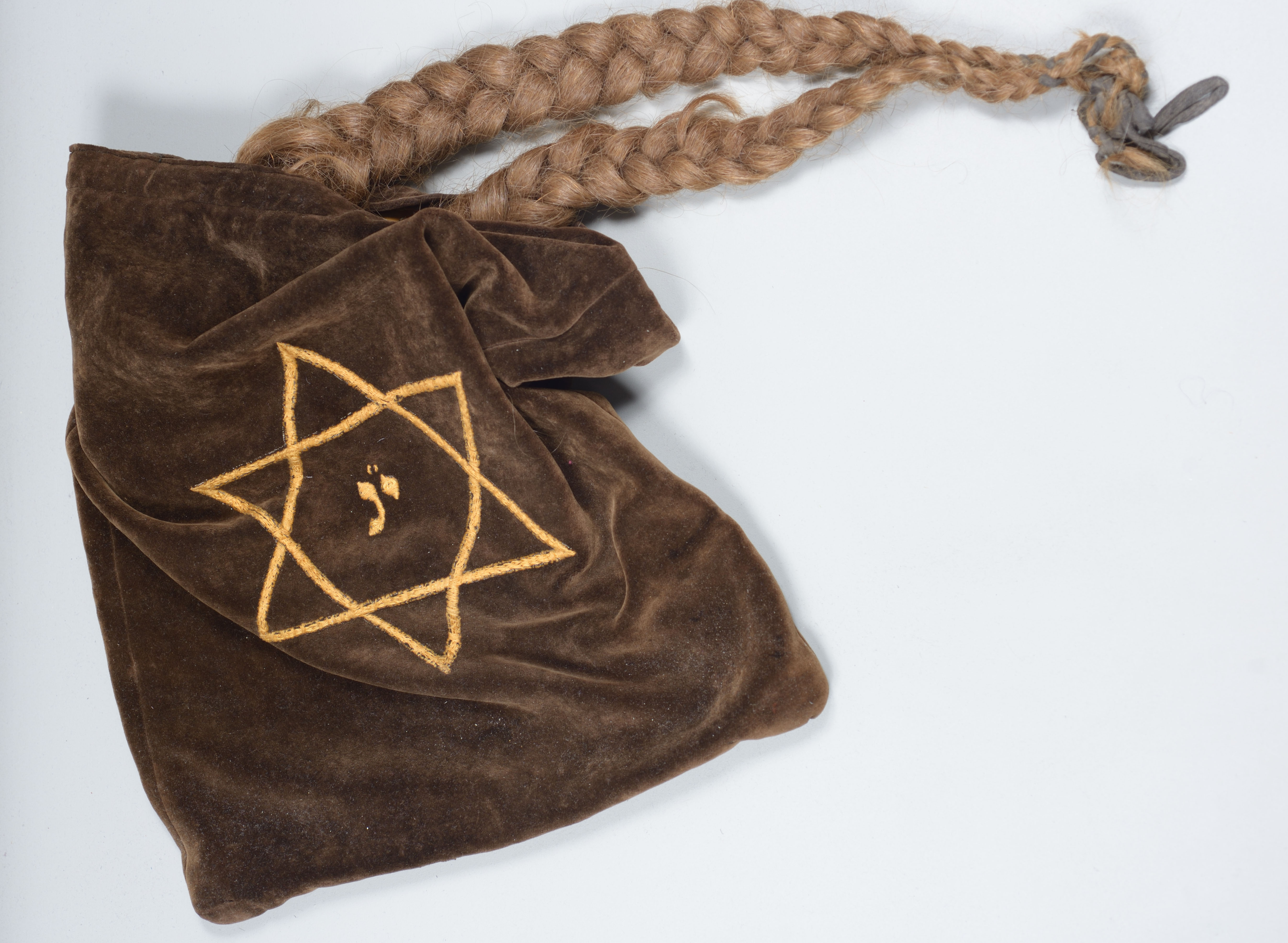
The hair of 12 year-old Lili had not been cut since her early childhood. When she and her family were forced to leave their home in Târgu-Mureş and move to the ghetto, Lili's mother, Rivka, knew she would not be able to care properly for her daughter's hair in the ghetto. Chopping off Lili's two long, beautiful braids, she promised that they would be given to the neighbors for safekeeping.Within six weeks, Lili and her mother were murdered at Auschwitz.
Yad Vashem Artifacts Collection
Donated by Dr. Yitzhak Hirsch, Kiryat Haim, Israel

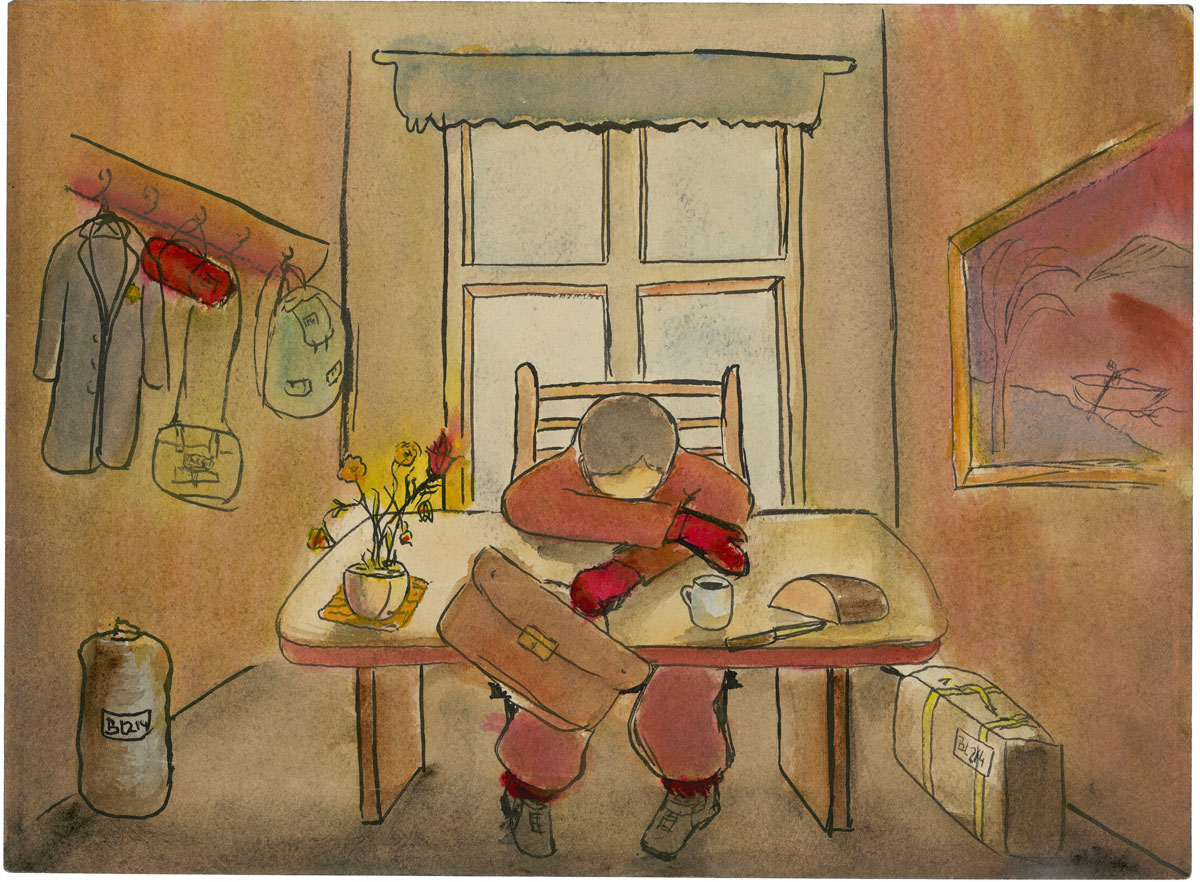
Collection of the Yad Vashem Art Museum

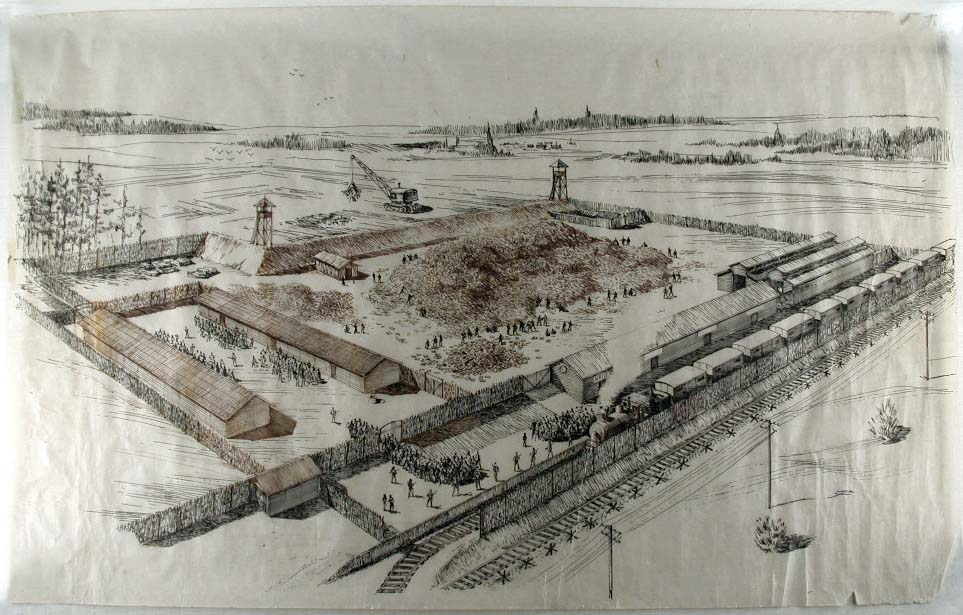
Collection of the Yad Vashem Art Museum, Jerusalem
Gift of the artist

In many cases, the deportation orders were given to the Judenrat suddenly, often around the Jewish holidays when awareness was reduced. Local police were charged with carrying out the Aktion (round-up of Jews) and the Jewish police was also tasked with participating in the round-up. The Jews were ordered to gather in a specific location, usually close to a train station, and to bring with them only a few possessions. During the Aktion anyone that did not follow the order to gather or could not keep pace with the others was shot. At the train station the Jews were loaded into crowded cattle cars without proper ventilation. The cars were sealed from the outside and the Jews were kept in the cars for days without water or food until they reached their destination. Many perished as a result of the conditions on the train.
The powerful mechanism of murder employed throughout Europe relied upon various deceptions and lies. The Jews in Poland were told that "non-essential and unproductive elements" would be sent for labor in the east while Jews in the west were informed of their transfer to settlements in the east. The murder machine would suddenly descend upon cities and towns and the Aktion would last for days or weeks. The Germans would begin the deportations with the weaker strata (the poor, refugees). The other sectors of society held on to the illusion that they would be left alone. After the initial deportation the ensuing stages would follow – until the complete liquidation.
The Jews' response to the brutal scheme was a consequence of several factors. During the years preceding the extermination operation, the Nazis had done everything possible to drain the Jews of their physical strength, numb their will, deprive them of their human dignity, destroy their ability to organize, and cut them off from the outside world. Indeed, systematic starvation and looming death had diminished the endurance of the ghettoized masses and their ability to gather their strength. By now the Jews concerned themselves with immediate matters only – rescue of family members, obtaining some bread, and sustaining the body, which yearned for warmth and nutrition.
The Aktionen dealt the Jews a blow that thwarted any possibility of organizing large-scale self-defense of any kind. The rumors about the death camps were usually greeted with disbelief, as ordinary logic and the human mind refused to grasp the very possibility of what was rumored. Thus, Nazi Germany managed to mislead the masses until, literally, the last moment.
How Were Cattle Cars Used During the Holocaust
Source: https://www.yadvashem.org/holocaust/about/final-solution/deportation.html
0 Response to "How Were Cattle Cars Used During the Holocaust"
Post a Comment